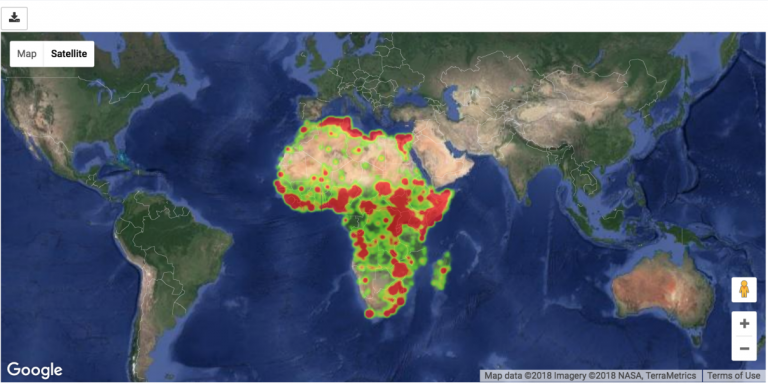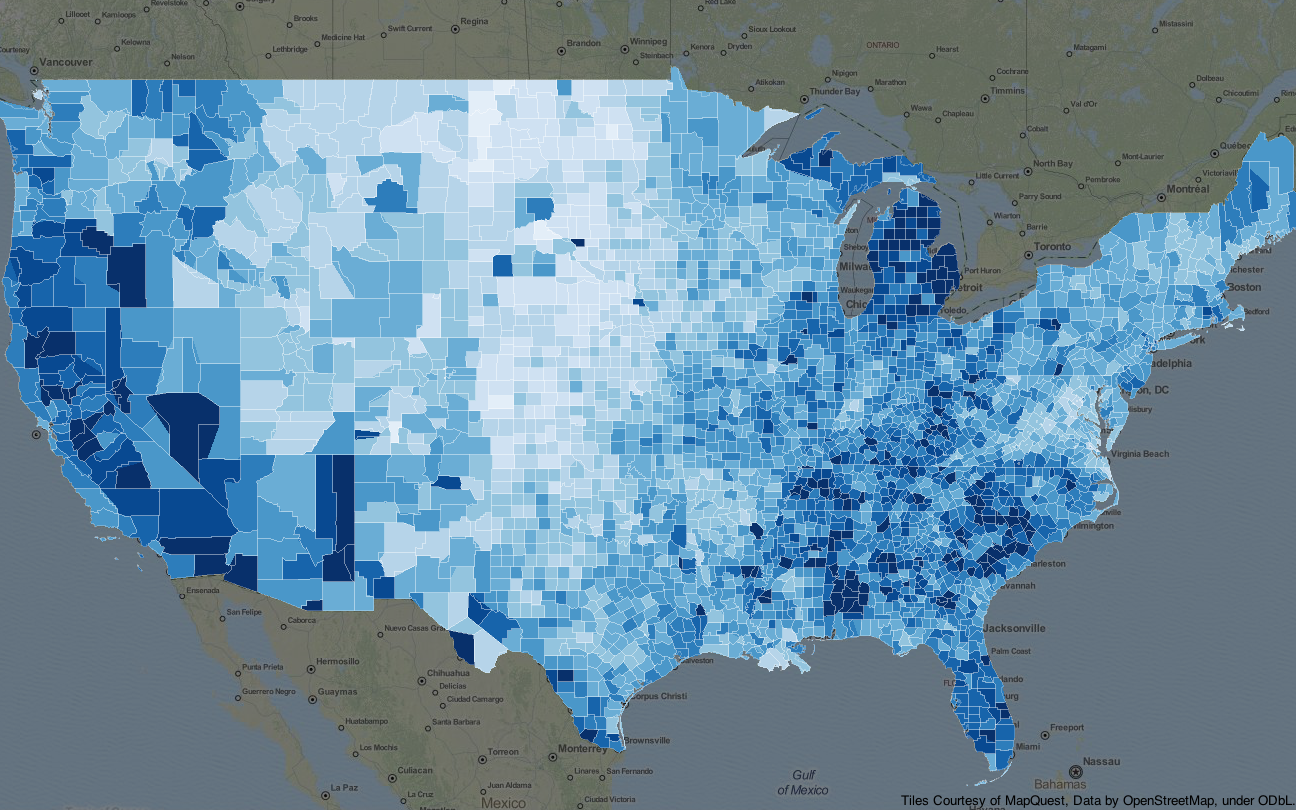
We have a list of numbers and we want to double them.

#Python map how to
Too much information? Let’s see some examples. A lambda expression is a way of creating a little function inline, without all the syntax of a def. Also we will discuss how to use map() function with lambda functions and how to transform a dictionary using map() too. Furthermore, anonymous functions, also called lambda functions, are functions that are defined without a name using the lambda keyword. The map function is indeed a built-in function provided by the standard library of Python. When we think about a function in Python, we automatically think about the def keyword, but the map function does not only accept functions created by the user using def keyword but also built-in and anonymous functions, and even methods :)īuilt-in functions are already created functions that are always available to use. Pythons map() is a built-in function that allows you to process and transform all the items in an iterable without using an explicit for loop, a technique. Let’s get started! 😍 First argument: A functionĪs previously stated, the map function accepts a function as the first argument. In this article, we will analyse in more detail the two arguments and the return value provided by the map function. This object is basically an iterator that we can convert into a list or set, using again built-in functions. The map function takes two arguments: an iterable and a function, and applies the function to each element of the iterable. This is just in case others like me come by this otherwise great post to learn about map, filter and zip (and I really mean that.To properly use any function or method, it is recommended to first view it just as a black box, understanding the arguments that we provide (inputs) and the return value given by the function (output).

It works fine if we use zip() though and skip the for loop: When we extend the input list a bit to numbers = the result then becomes giving an error in output compared to the intended. classmethod cast (key, value, obj) Map cast the given object to.
#Python map update
You set even_numbers_index = 0 and then in the for loop you set squared = even_numbers_squared but you never update even_numbers_index so for each iteration in the loop you keep calling the same index number. The combined dictionary contains the key. Otherwise I get errors in the for loop (does not iterate in the loop without list() on filter, gives a TypeError: 'map' object is not subscriptable. Python Maps also called ChainMap is a type of data structure to manage multiple dictionaries together as one unit. Return double of n def addition(n): return n + n We double all numbers using map() numbers (1, 2, 3.

Think of a hash map as a cabinet having drawers with labels for the things stored in. Its value is mapped to the bucket with the corresponding index.
#Python map code
I can see others have argued here that list() is not necessary, and I am but a hobby programmer, so I know very little of the deeper layers of programming and maybe I am doing it wrong, but when I try to run the code snippets here, it only works if I call list() on the filter and map returns. Python program to demonstrate working of map. See how you can create an interactive crime map with Pythons Folium library, along with Choropleth maps to enhance your geographic data visualizations. A hash map makes use of a hash function to compute an index with a key into an array of buckets or slots. Sorry I am not very experienced but I spotted a couple of problems in your final bit about zip().įirst off you try to iterate over even_numbers without calling list().


 0 kommentar(er)
0 kommentar(er)
